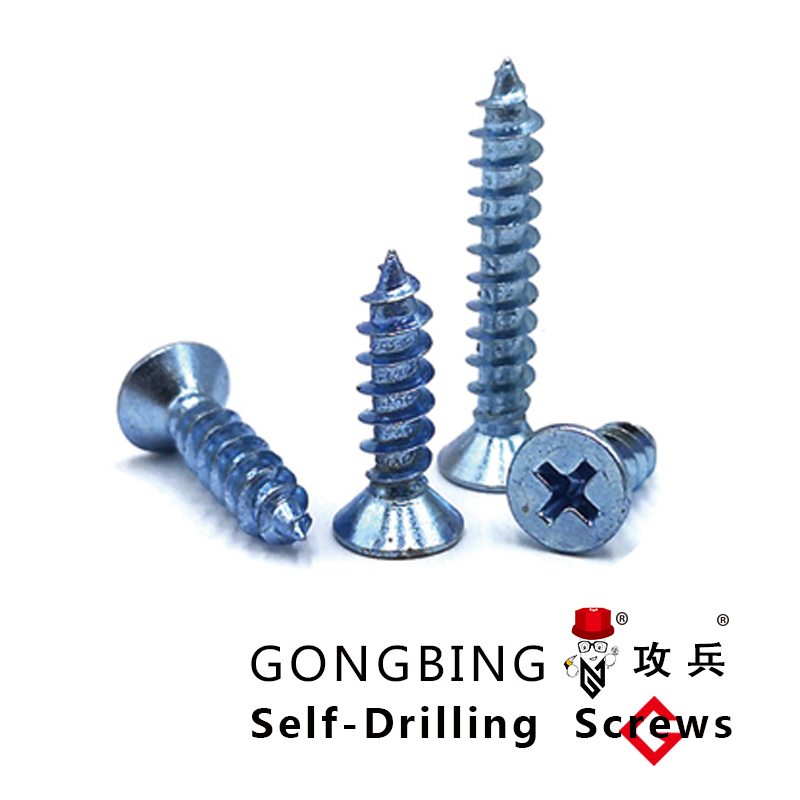Exploring the Benefits and Applications of Steel Bracing in Modern Construction Techniques and Structures
Understanding Steel Bracing An Essential Element in Structural Engineering
Steel bracing is a crucial component in the field of structural engineering, employed primarily to enhance the stability and strength of buildings and bridges. This innovative design element is instrumental in resisting lateral forces, which can arise from various sources, including wind, earthquakes, and dynamic loads. Understanding the mechanics, types, and applications of steel bracing can provide valuable insights into its significance in modern construction.
At its core, steel bracing consists of interconnected steel members that form a triangulated pattern within a structural frame. The primary function of this configuration is to provide resistance against lateral forces, which can compromise the integrity of a structure. When a building experiences these forces, the bracing dissipates the energy, preventing excessive deformation and ensuring the structure remains stable.
There are several types of steel bracing systems, each with its unique characteristics and applications. One of the most common types is the X-bracing, where two diagonal members cross each other to form an X shape. This design effectively transfers loads from the upper portions of the structure down to the foundations. Another prevalent form is the K-bracing, which involves diagonal members that connect to a vertical element, offering a more aesthetic solution while still providing necessary support.
In contrast, the axial-load bracing system utilizes vertical and diagonal members but is distinguished by its ability to carry axial loads effectively. This type of bracing is often used in conjunction with other structural elements to enhance overall performance. Other variations include chevron bracing and double bracing, each selected based on specific structural requirements and aesthetic preferences.
steel bracing

The choice of steel bracing system is influenced by various factors, including the building's intended use, location, and environmental considerations. For instance, in high-seismic areas, braced frames are often utilized to mitigate the forces exerted during an earthquake. These designs are engineered to ensure that structures can withstand the intense lateral movements associated with seismic activity. Similarly, in regions prone to high winds, bracing systems help secure buildings against potential wind uplift and lateral loads.
Steel bracing also contributes to economic advantages in construction. By providing enhanced stability, these systems can reduce the need for additional foundational elements and enable more efficient use of materials. Furthermore, because steel is a durable and recyclable material, utilizing bracing systems can lead to environmentally friendly construction practices.
The adoption of steel bracing has evolved with advancements in technology and materials. Innovations such as high-strength steel and computer-aided design (CAD) have allowed engineers to develop more efficient and optimized bracing solutions. This evolution ensures that structures not only meet safety standards but also exhibit resilience and aesthetic appeal.
In conclusion, steel bracing serves as a vital aspect of modern structural engineering, providing essential support and stability to buildings and other structures. Understanding the various types and applications of bracing systems allows engineers to design safer, more efficient, and aesthetically pleasing structures. As urbanization and infrastructure development continue to progress, the role of steel bracing in enhancing safety and sustainability will remain paramount, ensuring that future generations can enjoy resilient and enduring built environments.
-
Weatherproof Plastic Expansion Anchors for OutdooržiniosJun.06,2025
-
Sustainability in the Supply Chain: Eco-Friendly TEK Screws ProductionžiniosJun.06,2025
-
Load-Bearing Capacity of External Insulation FixingsžiniosJun.06,2025
-
Double Head Bolts: Enhancing Efficiency in Industrial MachineryžiniosJun.06,2025
-
Corrosion Resistance in Chipboard Screws: Coatings for Wholesale DurabilityžiniosJun.06,2025
-
Butterfly Toggle Bolts : Enhancing Structural ResiliencežiniosJun.06,2025
